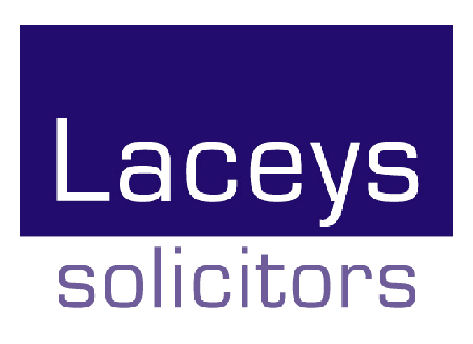“Trees and hedges are a difficult legal area. We receive many calls,” said Laceys Partner Harvey Reid.
“Talking to your neighbour is often the first step to solving a problem but if this proves difficult then it is important to know your rights.”
• If your neighbour’s tree hangs over your boundary, ask them to cut it back to the boundary.
• If they do not, you can prune it back to the boundary yourself but must return any branches, fruit or flowers to the owner.
• If an overhanging branch causes a hazard, the tree’s owner will be responsible for any injuries resulting from it. This could include poisoning by leaves, berries or flowers.
• Councils have powers to deal with trees – even on private property – if they are likely to cause damage.
• You can ask the council to make a tree safe on someone else’s land if your property is in imminent danger from it.
• Councils can serve a notice requiring owners to make trees safe. You can also ask them to make your trees safe but they can charge for this.
• Even when work is needed for safety reasons, you may still need planning consent if there is a Tree Preservation Order.
• If roots from a neighbour’s tree damage your foundations or drains, first notify your insurer. They would decide whether to try recovering costs from your neighbour.
The British Standards Institute is calling for trees to be inspected by trained experts every three years but this has yet to be adopted. Tree owners would be obliged to do a ‘walk-by’ inspection themselves once a year.
If your house is affected by a hedge more that two metres high, complain to your council but you must first have tried to resolve the issue with your neighbours.
The council can order your neighbours to prune the hedge back.
“If in doubt, it is always best to take advice from a qualified solicitor,” said Mr Reid.

